Yamagata
We went looking for an anime connection, and found a whole bunch of new reasons to love this Yamagata onsen town.
Yamagata dialect can be very different from the Japanese you learned in school, but this illustrated guide will have people telling you “Jondagodo!” in no time.
Mayor of second-place city expresses regret at not capturing the title of Japan’s biggest ramen-spenders.
If this steel-swinging senior was in an anime, we know what his ultimate move would look like.
This “Festival of Tohoku Bonds” continues to pay homage to six of northern Japan’s most important annual festivals all at one time and one place.
Ethereally romantic images remind us why a wintertime visit to a snow-covered onsen resort is extra special.
We’ve said it once, and we’ll say it again: cats rule the world. Maybe that even includes the spiritual world?
Snow White and the Wicked Queen cosplay is now complete with this specially grown black “poison apple”.
Japan likes to think of the food it produces as being the highest-quality in the world, and that goes double for rice. As such, many bags of domestically grown rice are decorated with iconic Japanese imagery, such as a crane, the rising sun, or Mt. Fuji.
But in today’s modern age, there’s no surer visual shorthand for Japan than cute anime girls, which is exactly what you’ll find on these bags of rice from Yamagata Prefecture.
“Roadside stations,” or michi no eki, are centers in Japan where you can find local agricultural products and restaurants serving up regional fare. For Japanese drivers, these areas serve as both a local tourism spot and a place to relax.
You can find michi no eki all across the country that provide a peek into local Japanese culture, but one center located in Yamagata Prefecture is rumored to make visitors feel right at home in Korea.
Not knowing if the rumor was true or why, one of our Japanese reporters felt compelled to see the center for himself and embarked on a trip up north that led him to Tozawa Village.
Any guy who’s watched a harem anime before – one where a single male is surrounded by many women – has probably giggled to himself about what it would be like to be in a similar situation himself. Would it be nonstop abuse like in Love Hina? Would there be crazy love-triangles like in Tenchi Muyo?
Well one boy gets to find out for real! A former women’s high school in Yamagata Prefecture recently opened its doors to non-female students, and this month at the start of the new school year welcomed its first male student for the first time in its 118 year existence.
They say there is no greater joy than to give to those in need, especially when it’s the gift of life through a simple blood donation. It’s also been said that there’s a certain satisfaction to be had when smashing your forehead into the face of a rival. If these two maxims are true then one man in Yamagata Prefecture must have been over the moon recently.
Temperatures rose and blood began to boil as violence broke out at a bloodmobile on March 5 after a would-be donor assaulted one of the blood drive’s staff. The 52-year-old unemployed suspect Hisashi Sudo allegedly grabbed the also 52-year-old Japan Red Cross worker by his collar and head butted him in the face.
Hop on a train to off-the-beaten-path Yamagata Prefecture any weekend from September through November, and you’re bound to see crowds of people congregating and cooking pots of something delicious by the local river. Yup, imoni-kai season is in full swing!
Imoni (芋煮) is the name given to a taro root stew native to the Tohoku region of northern Japan. Apart from its delicious taste, imoni is also famous for the social aspects of its creation. Families traditionally congregate on a riverbank (the practice of which is known as imoni-kai, literally, “imoni gathering”) and cook the stew from scratch over a fire pit. In that sense, you can think of it a bit like an autumn version of o-hanami, the popular Japanese tradition of viewing cherry blossoms in the spring.
Join us after the jump for a glimpse at a unique cultural tradition of northern Japan which many Japanese people in other parts of the country have never even heard of!
The 96th National High School Baseball Championship, better known as Summer Koshien, is now underway in Hyogo Prefecture. In other words, Japan is once again swept up by baseball fever.
The championship takes the form of a single elimination tournament between the regional champions from each of Japan’s 47 prefectures (Hokkaido and Tokyo are both allowed two teams each). One of the teams this year, which hails from northern Japan’s Yamagata Prefecture, has become an especially hot topic online, even though they were recently knocked out in the third round. The reason for their popularity is not only because of their skill, but also for their unbelievably well-mannered conduct off of the field. Introducing the team that has now become known as the most polite high school baseball team in all of Japan.
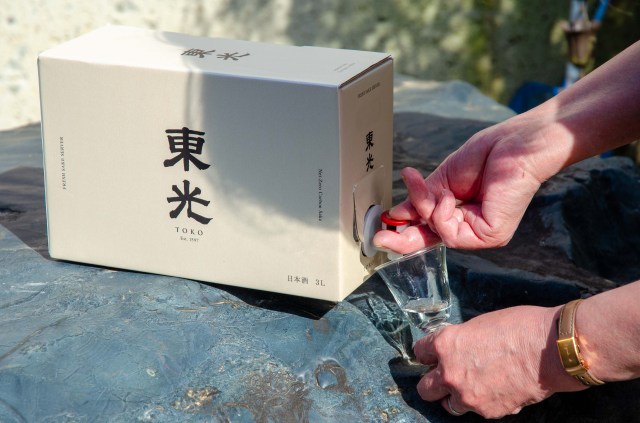
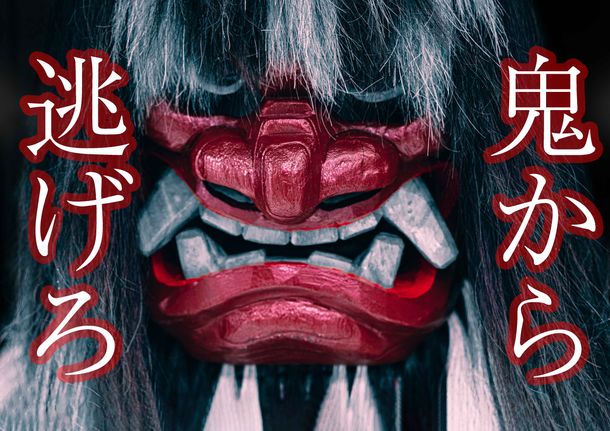
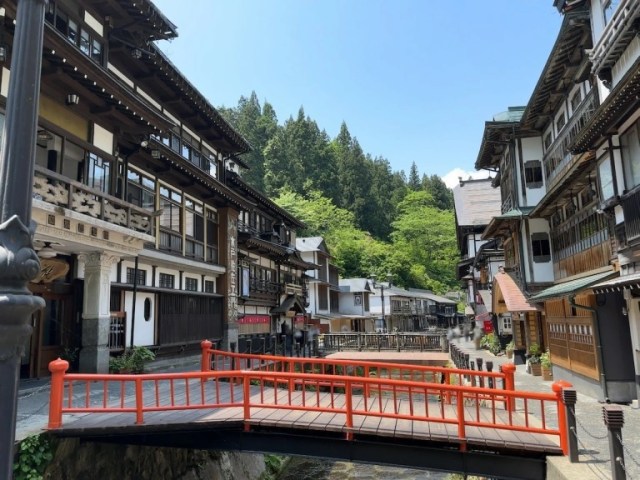
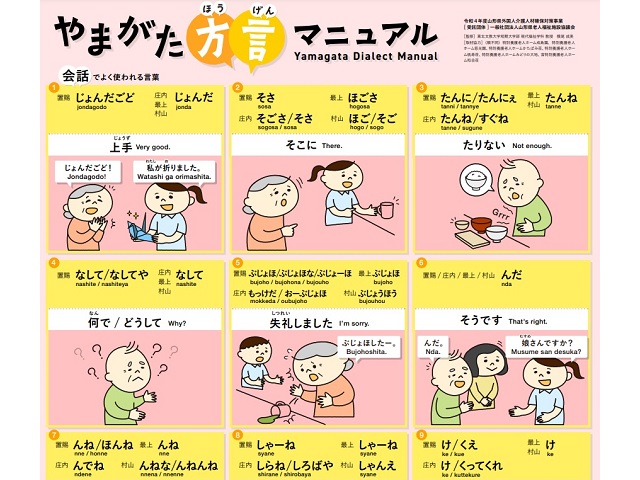

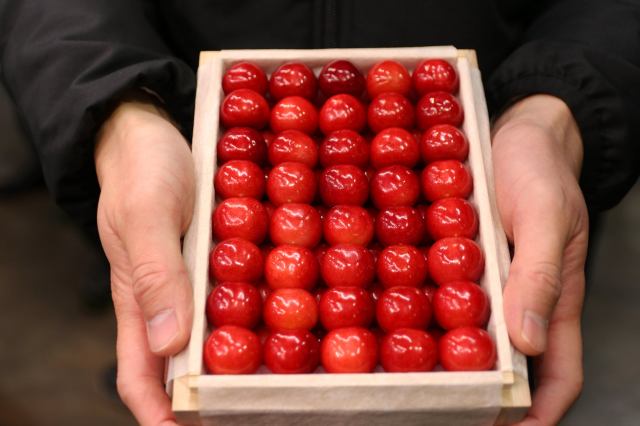

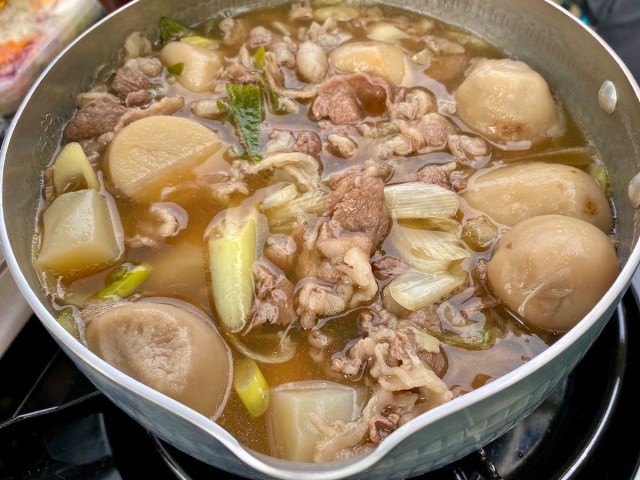
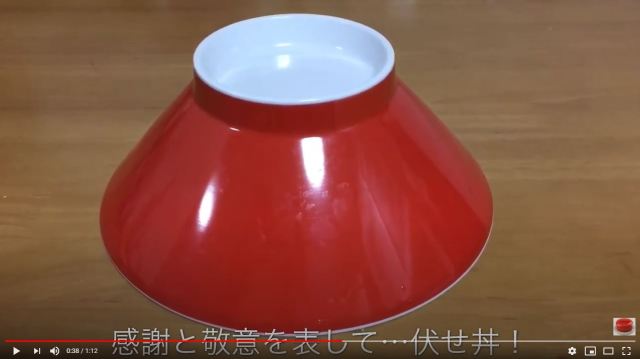

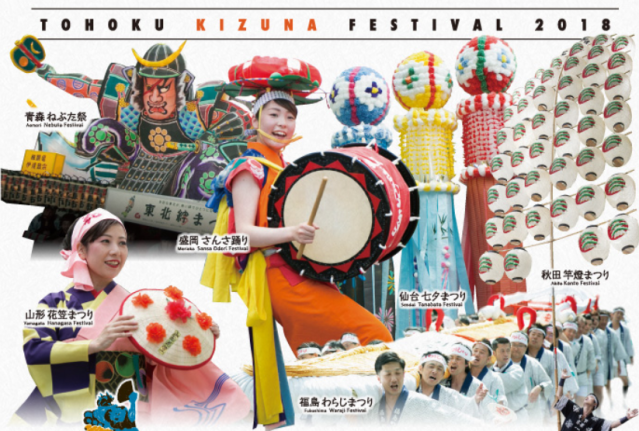
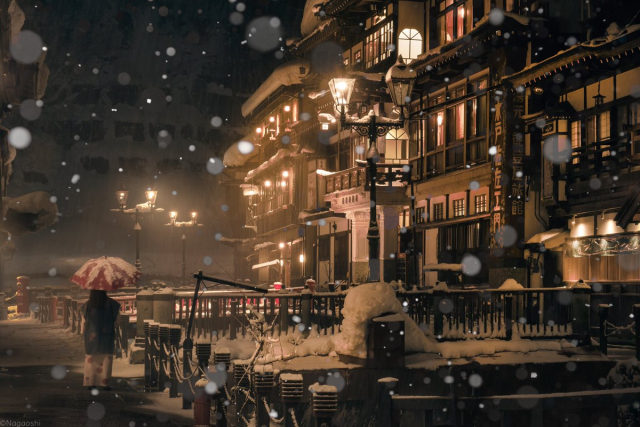
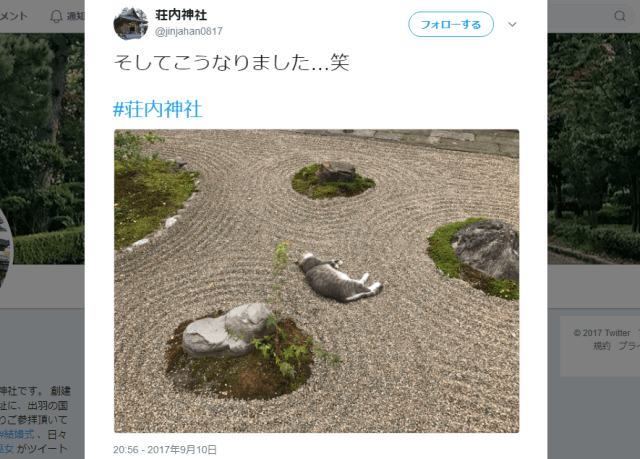
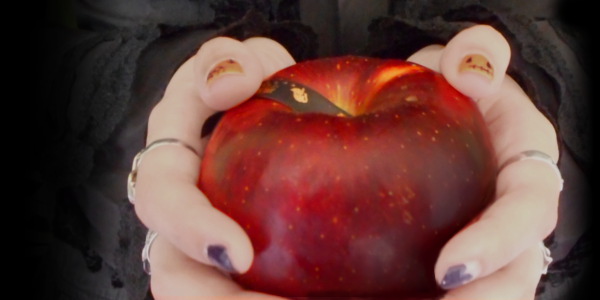

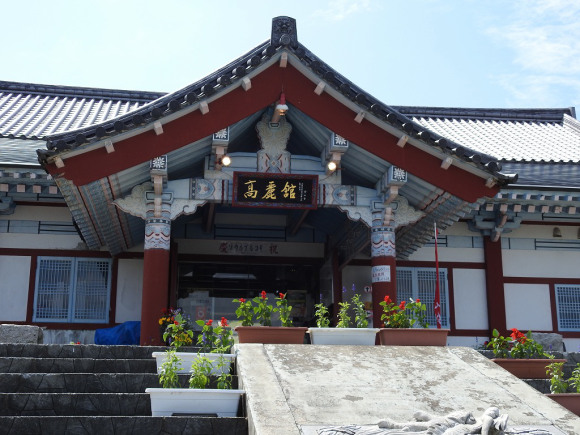
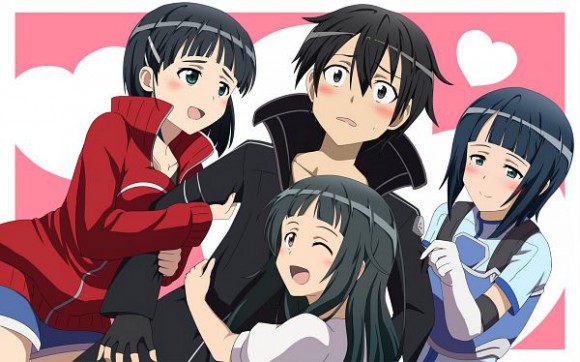
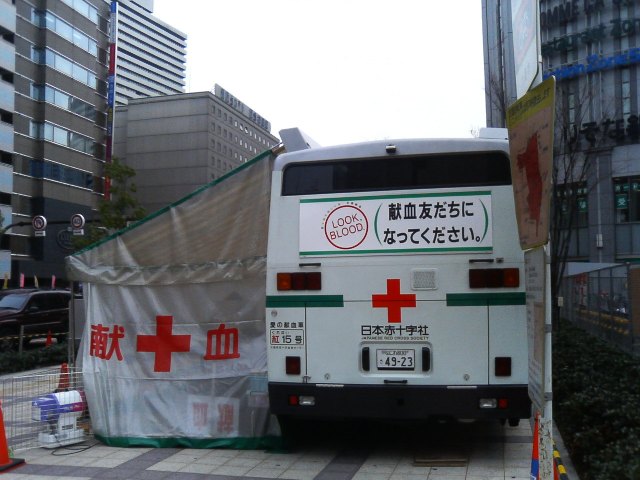
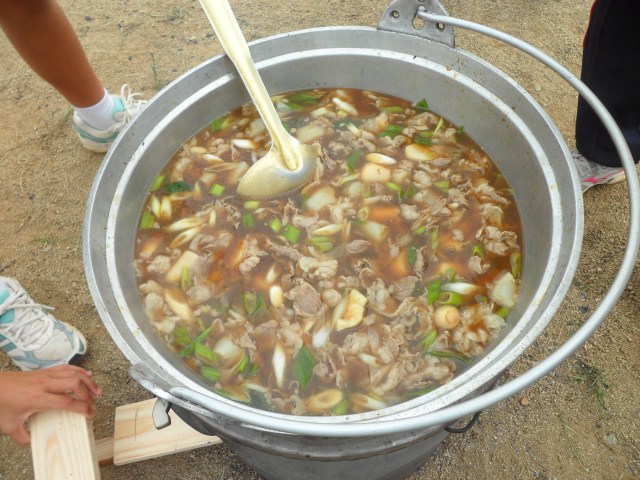
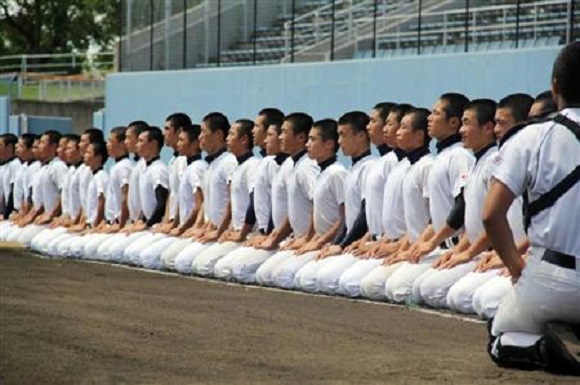
 Non-tourist trap fish market in northeastern Japan captures our hearts with amazing sashimi
Non-tourist trap fish market in northeastern Japan captures our hearts with amazing sashimi Kyoto becomes City of Yokai, with Night Parade of One Hundred Demons festival this autumn
Kyoto becomes City of Yokai, with Night Parade of One Hundred Demons festival this autumn Japan’s newest life-size Gundam is finished, receives Shinto blessing in Osaka【Video】
Japan’s newest life-size Gundam is finished, receives Shinto blessing in Osaka【Video】 Chinese drivers flocking to Japan for quick and easy route to international licenses
Chinese drivers flocking to Japan for quick and easy route to international licenses One of Japan’s most awesome rail passes, the Seishun 18 Ticket, just got a lot less awesome
One of Japan’s most awesome rail passes, the Seishun 18 Ticket, just got a lot less awesome No train, no hotel – How to do an overnight bus trip to Kanazawa from Tokyo – Part 1【Photos】
No train, no hotel – How to do an overnight bus trip to Kanazawa from Tokyo – Part 1【Photos】 McDonald’s Japan debuts new anime girl mascot character with incredibly long name
McDonald’s Japan debuts new anime girl mascot character with incredibly long name Korean basketball coach humiliates player live on TV, tapes his mouth shut
Korean basketball coach humiliates player live on TV, tapes his mouth shut We try a delicious hidden gem in Fukuoka, unknown to even Japanese people
We try a delicious hidden gem in Fukuoka, unknown to even Japanese people Studio Ghibli releases new “Butterflies in the Forest” Totoro towels
Studio Ghibli releases new “Butterflies in the Forest” Totoro towels What’s the deal with akebi, the perfectly purple, alien-like fruit that’s in season now in Japan?
What’s the deal with akebi, the perfectly purple, alien-like fruit that’s in season now in Japan? Totoro, Calcifer, other Ghibli stars returning as humidifiers ahead of Japan’s dry winter days【Pics】
Totoro, Calcifer, other Ghibli stars returning as humidifiers ahead of Japan’s dry winter days【Pics】 Is downtown Tokyo’s crazy cheap 290-yen bento boxed lunch shop still around, and is it still cheap?
Is downtown Tokyo’s crazy cheap 290-yen bento boxed lunch shop still around, and is it still cheap? Meet the kind Japanese grandpa who takes photos for tourists at the Hachiko statue in Shibuya
Meet the kind Japanese grandpa who takes photos for tourists at the Hachiko statue in Shibuya Studio Ghibli releases new mug tumblers featuring anime movie characters
Studio Ghibli releases new mug tumblers featuring anime movie characters How to power up the coolest cheap souvenir from Nintendo’s official shop with a trip to Daiso
How to power up the coolest cheap souvenir from Nintendo’s official shop with a trip to Daiso Why was the Lithuanian ambassador to Japan working in a fast food beef bowl joint in Tokyo?
Why was the Lithuanian ambassador to Japan working in a fast food beef bowl joint in Tokyo? Line of foreign tourists leads us to Akihabara’s meatiest fatty ramen【Taste test】
Line of foreign tourists leads us to Akihabara’s meatiest fatty ramen【Taste test】 Japanese convenience store Family Mart announces abolishment of eat-in spaces
Japanese convenience store Family Mart announces abolishment of eat-in spaces Studio Ghibli releases new insect whistle necklace from Nausicaä of the Valley of the Wind
Studio Ghibli releases new insect whistle necklace from Nausicaä of the Valley of the Wind Totoro sequel anime Mei and the Baby Catbus will screen at Ghibli Park this winter
Totoro sequel anime Mei and the Baby Catbus will screen at Ghibli Park this winter Starbucks Japan unveils Halloween Frappuccino for 2024, and it’s like drinking a magic spell
Starbucks Japan unveils Halloween Frappuccino for 2024, and it’s like drinking a magic spell Evangelion creator Hideaki Anno returning to anime with new project for 50-year-old franchise
Evangelion creator Hideaki Anno returning to anime with new project for 50-year-old franchise Studio Ghibli releases new Howl’s Moving Castle goods that capture the magic from the anime movie
Studio Ghibli releases new Howl’s Moving Castle goods that capture the magic from the anime movie Adult Jam Bread causes a stir at store in Tokyo
Adult Jam Bread causes a stir at store in Tokyo Right now is the peak time to go to Tokyo’s most-beautiful-view beer garden【Photos】
Right now is the peak time to go to Tokyo’s most-beautiful-view beer garden【Photos】 Pizza Hut adds a “Guilty Secret” sandwich to its menu for a limited time
Pizza Hut adds a “Guilty Secret” sandwich to its menu for a limited time McDonald’s new Happy Meals offer up cute and practical Sanrio lifestyle goods
McDonald’s new Happy Meals offer up cute and practical Sanrio lifestyle goods Foreign tourists on Shinkansen bullet train break suitcase etiquette, angering local passengers
Foreign tourists on Shinkansen bullet train break suitcase etiquette, angering local passengers [Deleted] Article written for April Fool’s Day 2018
[Deleted] Article written for April Fool’s Day 2018 Japanese government to make first change to romanization spelling rules since the 1950s
Japanese government to make first change to romanization spelling rules since the 1950s Foreigner’s request for help in Tokyo makes us sad for the state of society
Foreigner’s request for help in Tokyo makes us sad for the state of society Ghibli founders Toshio Suzuki and Hayao Miyazaki contribute to Japanese whisky Totoro label design
Ghibli founders Toshio Suzuki and Hayao Miyazaki contribute to Japanese whisky Totoro label design Tokyo’s most famous Starbucks is closed
Tokyo’s most famous Starbucks is closed Princesses, fruits, and blacksmiths: Study reveals the 30 most unusual family names in Japan
Princesses, fruits, and blacksmiths: Study reveals the 30 most unusual family names in Japan Doraemon found buried at sea as scene from 1993 anime becomes real life【Photos】
Doraemon found buried at sea as scene from 1993 anime becomes real life【Photos】 No train, no hotel – How to do an overnight bus trip to Kanazawa from Tokyo – Part 1【Photos】
No train, no hotel – How to do an overnight bus trip to Kanazawa from Tokyo – Part 1【Photos】 McDonald’s Japan debuts new anime girl mascot character with incredibly long name
McDonald’s Japan debuts new anime girl mascot character with incredibly long name Korean basketball coach humiliates player live on TV, tapes his mouth shut
Korean basketball coach humiliates player live on TV, tapes his mouth shut We try a delicious hidden gem in Fukuoka, unknown to even Japanese people
We try a delicious hidden gem in Fukuoka, unknown to even Japanese people Studio Ghibli releases new “Butterflies in the Forest” Totoro towels
Studio Ghibli releases new “Butterflies in the Forest” Totoro towels Totoro, Calcifer, other Ghibli stars returning as humidifiers ahead of Japan’s dry winter days【Pics】
Totoro, Calcifer, other Ghibli stars returning as humidifiers ahead of Japan’s dry winter days【Pics】 What happens if you feed pufferfish poison to pufferfish? Japanese scientists trying to find out
What happens if you feed pufferfish poison to pufferfish? Japanese scientists trying to find out Low price, free booze and curry, late check-out, and great location — Akihabara capsule hotel has it all
Low price, free booze and curry, late check-out, and great location — Akihabara capsule hotel has it all What’s the deal with akebi, the perfectly purple, alien-like fruit that’s in season now in Japan?
What’s the deal with akebi, the perfectly purple, alien-like fruit that’s in season now in Japan? Japanese men list seven traits that would make it impossible for them to date a woman
Japanese men list seven traits that would make it impossible for them to date a woman Japanese government proposes driver’s license change to make them easier for foreigners to read
Japanese government proposes driver’s license change to make them easier for foreigners to read Gigantic eight-floor anime figure shop skyscraper opening in Tokyo’s Akihabara this month
Gigantic eight-floor anime figure shop skyscraper opening in Tokyo’s Akihabara this month Real-life Demon Slayer? A visit to the legendary split boulder of Haban Shrine【Photos】
Real-life Demon Slayer? A visit to the legendary split boulder of Haban Shrine【Photos】 Kyoto Animation needs no words in its new anime video love letter to its hometown【Video】
Kyoto Animation needs no words in its new anime video love letter to its hometown【Video】